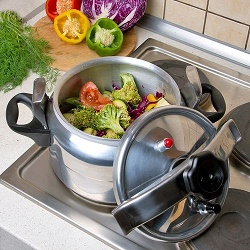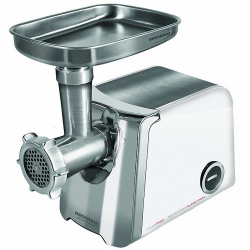What is a planetary mixer?
Many housewives ask themselves: the planetary mixer - what is it all about, and why is it needed in the kitchen? A planetary mixer is a special kitchen electric appliance designed for mixing products of any viscosity grade, like any other mixer. And the name “planetary” is associated with the fact that the mixer was hindered, it moves around its axis, by analogy with the movement of the planet.
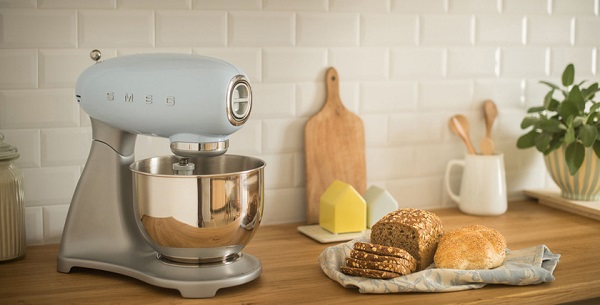
Content
Types of Planetary Mixers
Everyone knows that in a conventional stationary or hand mixer, whipping occurs due to the rotation of the nozzles around its axis. Not only the nozzles themselves rotate in the planetary mixer, but also the platform in which they are fixed. Due to this double rotation, the process of mixing products goes more efficiently and with better quality. The appearance of these devices is shown in the photo below:
Planetary mixers are essentially stationary devices.
According to their functional purpose, initially these devices were used in industrial confectioneries and in catering chains to work with a large volume of products. After some time, more compact models combining high power and small size came to the market of kitchen appliances. This is the basis for the classification of planetary mixers.
- Industrial. Such devices are designed for mixing huge volumes of products. Bowl size can reach 150 liters. To use the device requires special professional skills. As a rule, such a device is installed on the floor and fixed with special holders.
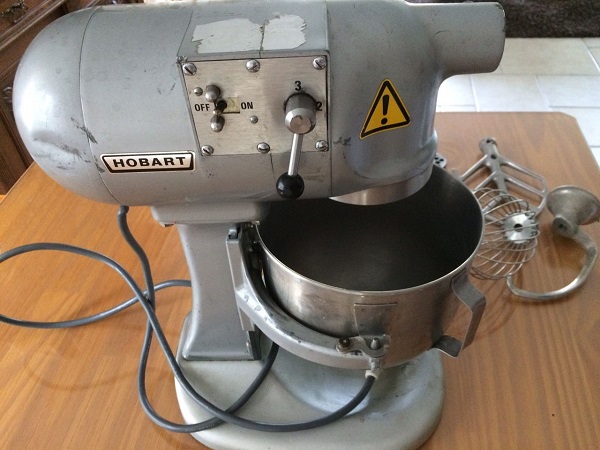
- Half-industrial. Bowl volume - up to 15 liters. Scope of application - cafes, bars, restaurants, small pastry shops. Installation happens both floor, and desktop type. Special skills are required to use.
- Household Mixers are used exclusively in the home kitchen. A small bowl volume of 3-8 liters does not allow kneading a large amount of dough or mousse. To use the device does not need any skills.Such device is installed exclusively in the desktop way.
The capabilities of the device are not limited to the preparation of cream and sauces. Regardless of the type, planetary mixers are capable of the following actions:
- knead the dough of any consistency;
- whip cream and cream;
- prepare various sauces and mousses;
- cook meat from meat;
- and much more.

What you should pay attention to when buying
When choosing a planetary mixer, you should pay attention to the following points.
- Materialof which the device is made. Today, stainless steel is the best material. Due to its characteristics, this material can provide high performance and durability. The only disadvantage is the high price of mixers made entirely of stainless steel. Plastic is less preferred because it is inferior to steel in a number of different parameters.
- Equipmentwhich can be both standard and extended. Expanded equipment includes a number of additional attachments that are not provided in the standard set.Such nozzles are very necessary in the kitchen and can turn your planetary mixer into a vegetable cutter, juicer and even a meat grinder.

- Useful bowl volume worth choosing based on personal needs. A family of 3 people will be quite enough bowl volume of 4-5 liters. Why overpay for the extra amount? Remember, the larger the bowl - the larger the unit and the more expensive the price.
- Type of control panel. Control panels can be both touch and mechanical. Each type has its pros and cons. For example, the touch panel is easy to read, and the mechanical one has a fairly robust design. It would not be superfluous to clarify the number of modes in which the mixer can operate.
Advantages and disadvantages of a planetary mixer
The main advantages of the planetary mixer include:
- high power;
- high intensity work;
- appearance;
- functionality.
High power allows beating mixtures of any viscosity. Due to the special mechanism of work, the planetary mixer performs much more intensive movements with a mixer, which allows to obtain the finished mixture much faster. The ergonomic appearance of the device allows it to fit into any kitchen interior.
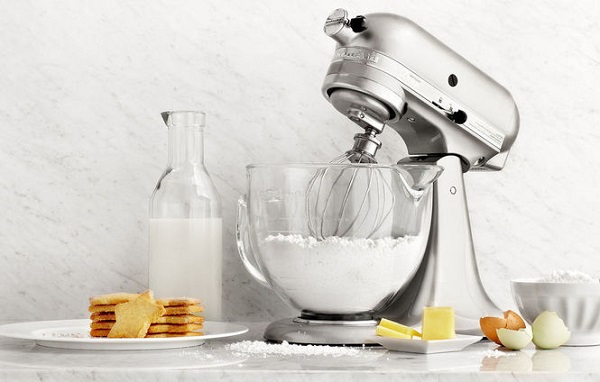
However, besides the positive qualities, the planetary mixer has its drawbacks:
- higher price;
- relatively large size;
- high energy consumption.
Planetary models are much more expensive than conventional counterparts. Due to the large bowl and powerful motor they are larger and take up more space in the kitchen.
High power requires the allocation of a separate outlet for the operation of the device.

/rating_off.png)






